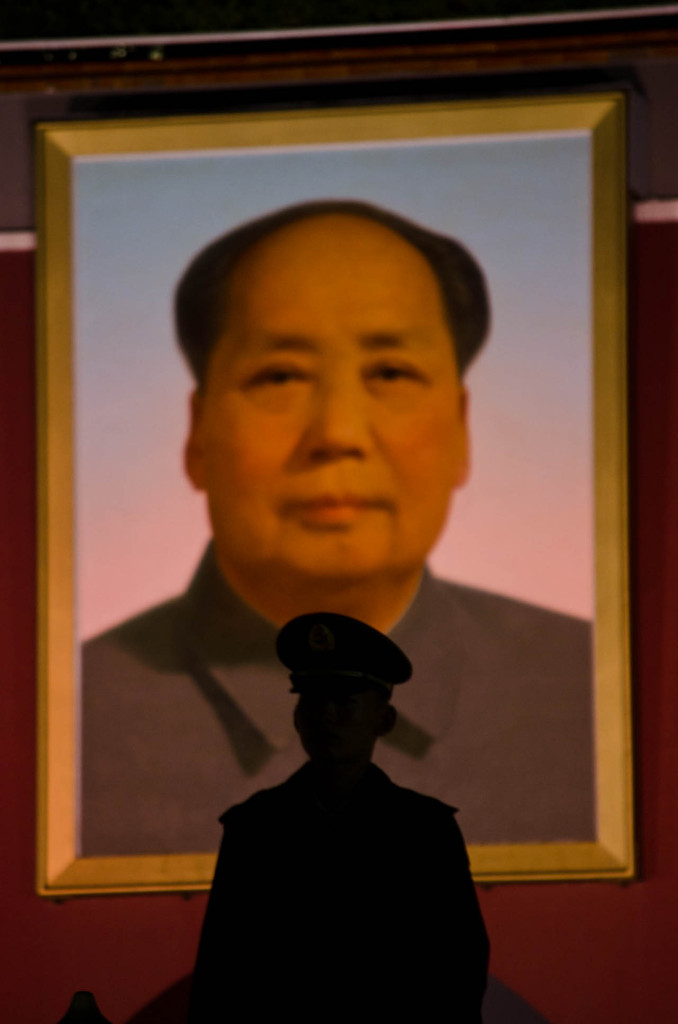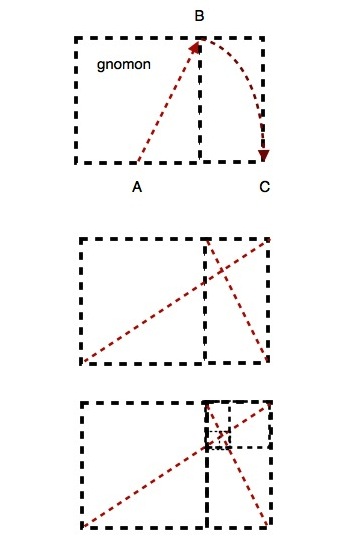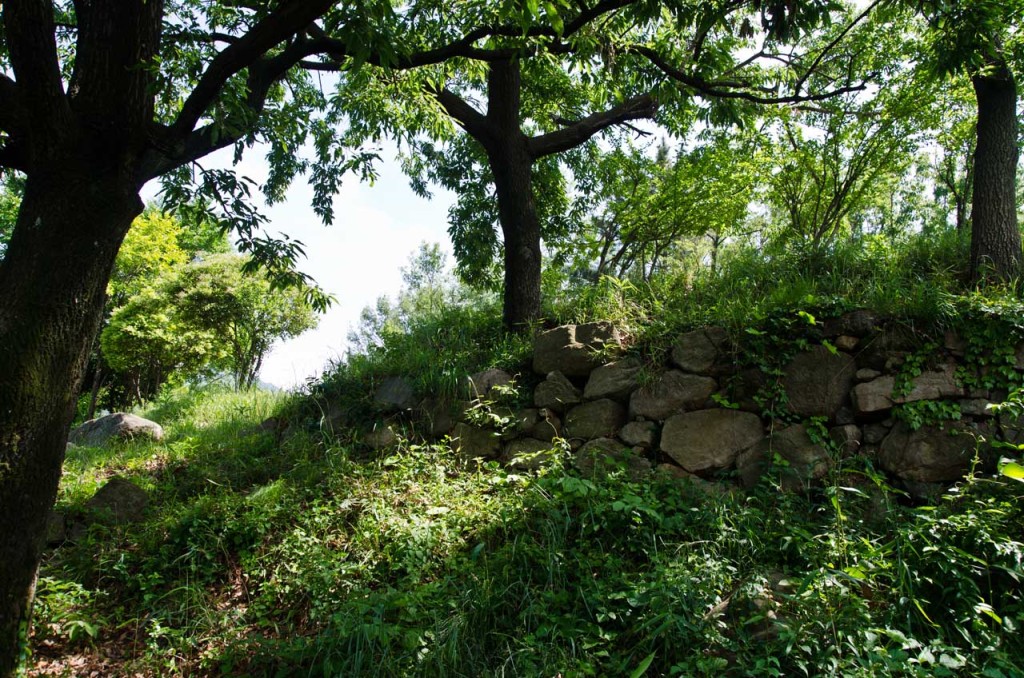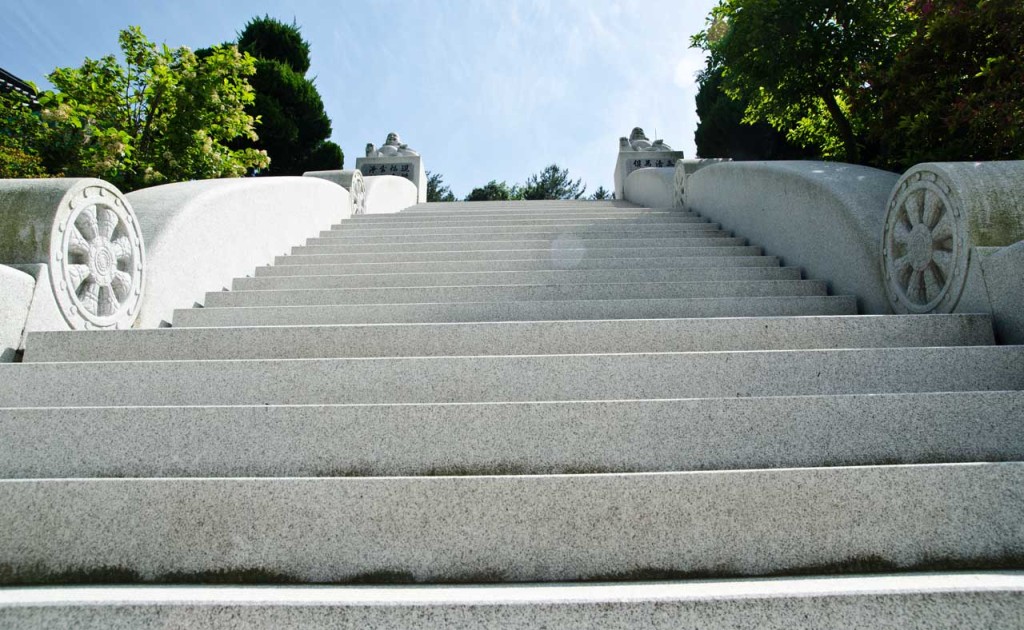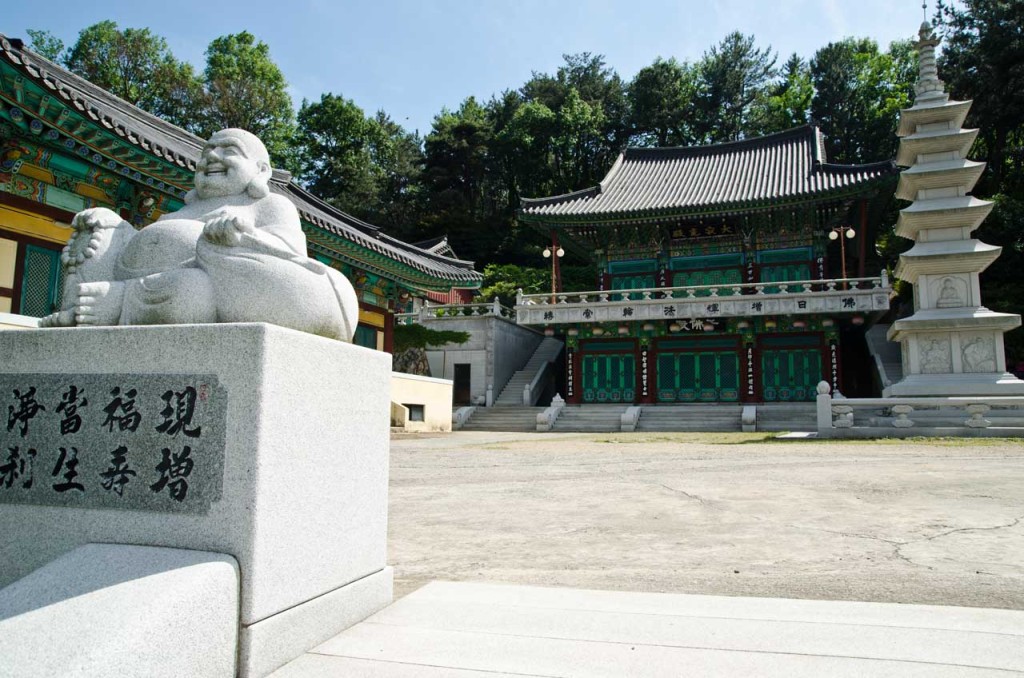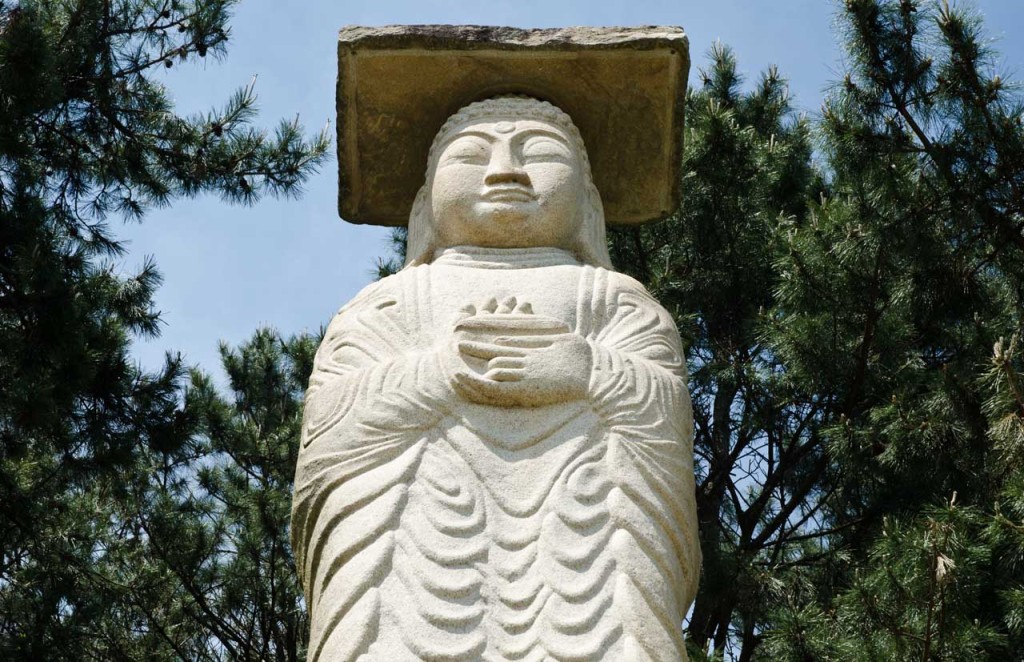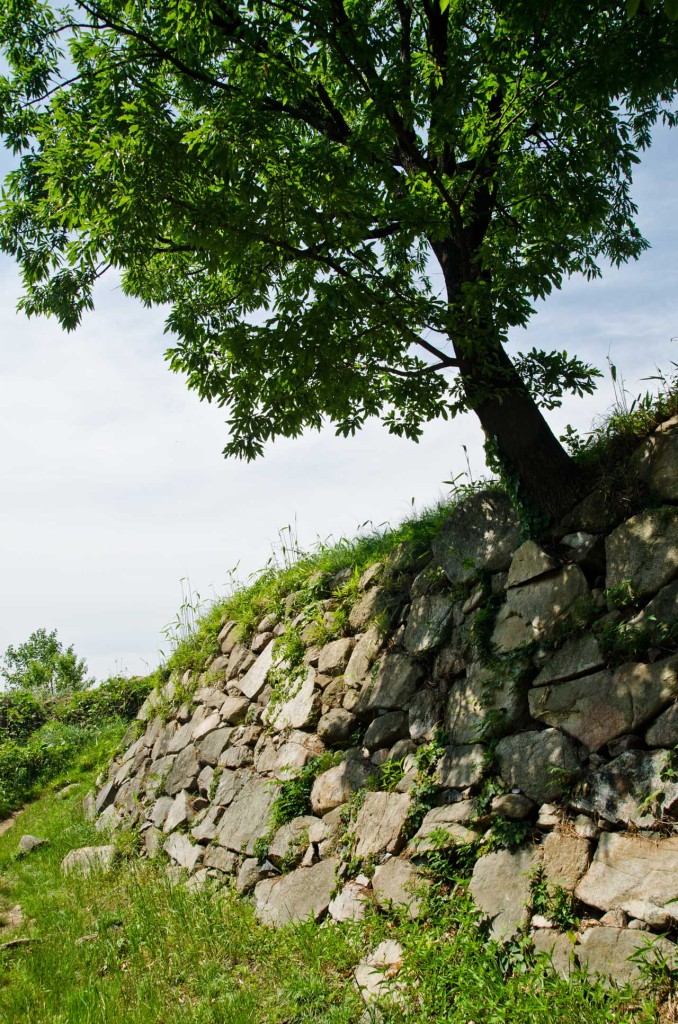
Category Archives: history

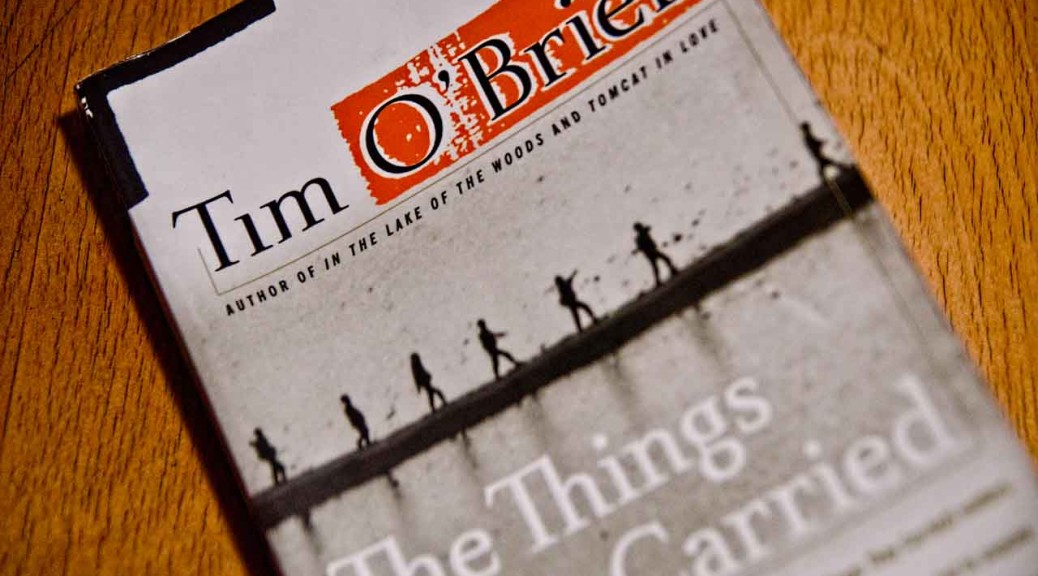
The Things They Carried
O’Brien, Tim. The Things They Carried. New York, N.Y.: Broadway Books, 1990. Print.
“He wondered how the tides and waves had come into play on that afternoon along the Jersey shoreline when Martha saw the pebble and bent down to rescue it from geology.” p8
“They would sit down or kneel, not facing the hole, listening to the ground beneath them, imagining cobwebs and ghosts, whatever was down there-the tunnel walls squeezing in” p. 10
“just sailing that big silver freedom bird over the mountains and oceans, over America, over the farms and great sleeping cities and cemeteries and highways” p. 23
“There were red checkers and black checkers. The playing field was laid out in a strict grid, no tunnels or mountains or jungles. You knew where you stood.” p. 32
“The old guy walked with a limp, slow and stooped over, but he knew where the safe spots were and where you had to be careful and where even if you were careful you could end up like popcorn.” p. 33
“Forty-three years old and I’m still writing war stories. My daughter Kathleen tells me it’s an obsession, that I should write about a little girl who finds a million dollars and spends it all on a Shetland pony.” p. 34
“That’s what stories are for. Stories are for joining the past to the future. Stories are for those late hours in the night when you can’t remember how you got from where you were to where you are. Stories are for eternity, when memory is erased, when there is nothing to remember except the story.” p. 38
“Courage, I seemed to think comes to us in finite quantities, like an inheritance, and by being frugal and stashing it away and letting it earn interest, we steadily increase our moral capital in preparation for that day when the account must be drawn down.” p. 40
USS Maddox at the Gulf of Tonkin. Tonkin Resolution.
Gulf of Tonkin incident
Rainy River, Minnesota/Ontario border.
“He was a witness, like God, or like the gods who look on in absolute silence as we live our lives, as we make our choices or fail to make them.” p. 60
“I was a coward. I went to the war.” p. 61
Chapter Enemies p.62-66
Chapter How to Tell a True War Story. 67-85
“A true war story is never moral. It does not instruct, nor encourage virtue, nor suggest models of proper human behavior, nor restrain men from doing the things men have always done. If a story seems moral, do not believe it.” p. 68
“Weird echoes and stuff. Like a radio or something, but it’s not a radio, it’s this strange gook music that comes right out of the rocks… They can’t get on the horn and call back to base and say, ‘Hey, listen, we need some firepower, we got to blow away this weirdo gook rock band.’ They can’t do that. It wouldn’t go down. So they lie there in the fog and keep their mouths shut.” p. 73
“The dark was coming on hard now, and off to the west I could see the mountains rising in silhouette, all the mysteries and unknowns.” p. 73
“It comes down to gut instinct. A true war story, if truly told, makes the stomach believe.” p. 78
On war: “It’s not pretty, exactly. It’s astonishing. It fills the eye. It commands you. You hate it, yes, but your eyes do not. Like a killer forest fire, like cancer under a microscope, any battle or bombing raid or artillery barrage has the aesthetic purity of absolute moral indifference–a powerful, implacable beauty–and a true war story will tell the truth about this, though the truth is ugly.” p. 81
“But what wakes me up twenty years later is Dave Jensen singing “Lemon Tree” as we threw down the parts.” p. 83
“Absolute occurrence is irrelevant. A thing may happen and be truer than total lie; another thing may not happen and be truer than the truth.” p. 83
“For Rat Kiley, I think facts were formed by sensation, not the other way around, and when you listened to one of his stories, you’d find yourself performing rapid calculations in your head, subtracting superlatives, figuring the square root of an absolute and then multiplying by maybe.” p89-90
Ruffs and Puffs: Regional Force / Popular Force
“The Greenies were not social animals. Animals, Rat said, but far from social.” p. 92
“Whenever he told the story, Rat had a tendency to stop now and then, interrupting the flow, inserting little clarifications or bits of analysis and personal opinion. It was a bad habit, Mitchell Sanders said, because all that matters is the raw material, the stuff itself, and you can’t clutter it up with your own half-baked commentary.” p. 106
“We all heard plenty of wackier stories. Some guy comes back from the bush, tells you he saw the Virgin Mary out there, she was riding a goddamn goose or something. Everybody buys it. Everybody smiles and asks how fast was they going, did she have spurs on.” p. 106
“And bones. Stacks of bones–all kinds. To one side, propped up against a wall, stood a poster in neat black lettering: ASSEMBLE YOUR OWN GOOK!! FREE SAMPLE KIT!!” p. 110
“But the grotesque part, he said, was her jewelry. At the girl’s throat was a necklace of human tongues. Elongated and narrow like pieces of blackened leather, the tongues were threaded along a length of copper wire, one overlapping the next, the tips curled upwards as if caught in a final shrill syllable.” p.110-111
“She had crossed to the other side. She was part of the land. She was wearing her culottes, her pink sweater, and a necklace of human tongues. She was dangerous. She was ready for the kill.” p. 116
Batangan Peninsula
“Sometimes, like that night in the shit field, the difference between courage and cowardice was something small and stupid.” p. 147
“Some of the men began shooting up flares. Red and green and silver flares, all colors, and the rain came down in Technicolor.” p. 148
“it occurred to me that the act of writing had led me through a swirl of memories that might otherwise have ended in paralysis or worse. By telling stories, you objectify your own experience. You separate it from yourself. You pin down certain truths. You make up others.” p. 158
“The rain made quick dents in the water, like tiny mouths, and the stink was everywhere.” p. 165
“The countryside itself seemed spooky–shadows and tunnels and incense burning in the dark. The land was haunted. We were fighting forces that did not obey the laws of twentieth-century science.” p. 202
“You don’t try to scare people in broad daylight. You wait. Because the darkness squeezes you inside yourself, you get cut off from the outside world, the imagination takes over.” p. 204
“It was a feeling VC must have. Like a puppeteer. Yank on the ropes, watch the silly wooden soldier jump and twitch.” p. 208
“The thing about a story is that you dream it as you tell it, hoping that others might then dream along with you, and in this way memory and imagination and language combine to make spirits in the head.” p. 230
The Man Who Never Was (film, dir. Ronald Neame, 1956) (Book by Lt. Cmdr. Ewen Montagu)
“But in a story I can steal her soul. I can revive, at least briefly, that which is absolute and unchanging.” p. 236
“We kept the dead alive with stories.” p. 239
There was a story for instance, about how Curt Lemon had gone truck-or-treating on Halloween. A dark, spooky night, and so Lemon put on a ghost mask and painted up his body all different colors and crept across a paddy to a sleeping village-almost stark naked, the story went, just boots and balls and an M-16-and in the dark Lemon went from hootch to hootch-ringing doorbells, he called it-and a few hours later, wen he slipped back into the perimeter, he had a whole sackful of goodies to share with his pals: candles and joss sticks and a pair of black pajamas and statuettes of the smiling Buddha.” p. 239
“To listen to the story, especially as Rat Kiley told it, you’d never know that Curt Lemon was dead. He was still out there in the dark, naked and painted up, trick-or-treating, sliding from hootch to hootch in that crazy white ghosts mask. But he was dead.” p. 240
**'”Well, right now,” she said, “I’m not dead. But when I am, it’s like … I don’t know, I guess it’s like being inside a book that nobody’s reading… An old one, It’s up on a library shelf, so you’re safe and everything, but the book hasn’t been checkout for a long, long time. All you can do is wait. Just hope somebody’ll pick it up and start reading.”‘ p. 245
The Travels of Sir John Mandeville and Marco Polo
The Travels of Sir John Mandeville text from archive.org
Jonh Mandeville Wikipedia entry
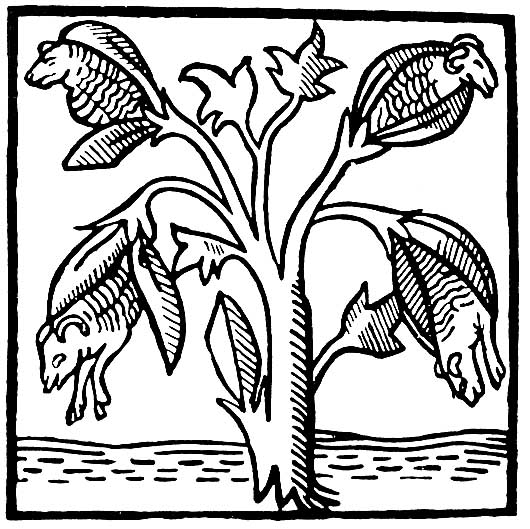
John Mandeville – The Travels of Sir John Mandeville Fanciful depiction of cotton by John Mandeville, featuring sheep instead of cotton bolls. Via Wikimedia
Travels of Marco Polo Wikipedia entry.
Travels of Marco Polo text from archive.org

Door

Beijing at Dusk
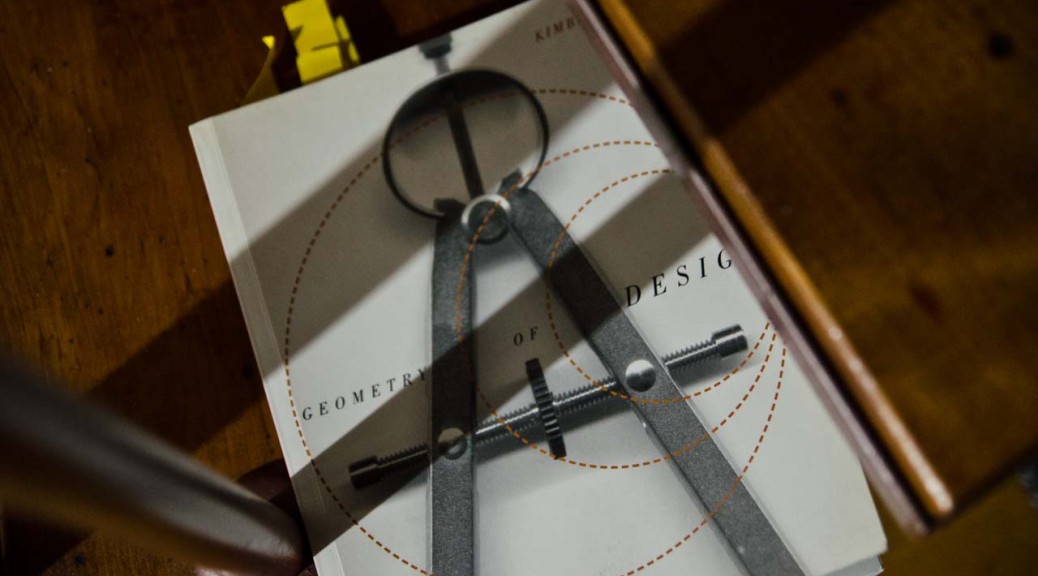
Geometry of Design (II)
Elam, Kimberly. Geometry of Design: Studies in Proportion and Composition. New York: Princeton Architectural, 2001. Print.
See Fibonacci number
Golden section square construction Method p. 24
AB AC
—- = —–
AC CB
A C B
|——————-|———|
“The golden section rectangle is unique in that when subdivided its reciprocal is a smaller proportional rectangle.” p. 25
Golden Section Spiral construction. p. 25
620/377 = 1.61803 Golden Section. p. 29
Golden Section Triangle and Ellipse p. 30
Golden Section Proportion of the Star Pentagram p. 31
Root 2 Rectangle Construction (√2) p. 34

Hambidge Fig. 10 showing construction of “root rectangles. 1920. from Dynamic symmetry: the Greek vase. Via Wikimedia.
Root 2 Rectangle Construction. Circle Method p. 35
DIN System of Paper Proportioning A1-A5
“Root 2 rectangles possess the special property of being endlessly subdivided by proportionally smaller rectangles. It is for this reason that the root 2 rectangle is the basis for the European DIN (Deutsche Industrie Normen), a system of paper sizes.” p. 36
Root 3 rectangle p. 38
Root 4 Rectangle p. 40.

Lacey Davis Caskey – Geometry of Greek Vases: Attic Vases in the Museum of Fine Arts Analysed According to the Principals of Proportion Discovered by Jay Hambidge. Via Wikimedia
See The Modulor by Le Corbusier
Le Corbusier: “the composition of of works of art is governed by by rules; these rules may be conscious methods, pointed and subtle, or they may be commonplace rules, tritely applied. They may also be implied by the creative instinct of the artist, a manifestation of an intuitive harmony,” p. 43
See Jules Cheret and Star Pentagram proportions.

Hippodrome, Leona Dare, 1883. Via wikimedia.
See Belle Époque
See Oskar Schlemmer
1932 Schlemmer Treppenszene anagoria. Via Wikimedia.
See East Coast poster by Tom Purvis
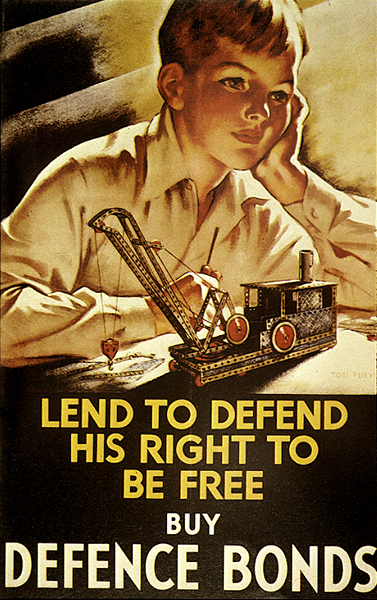
Designed by Tom Purvis and believed to feature his son with a Meccano. Via Wikimedia.
Circles aligned in Wagon -Bar Poster by A.M. Cassandre, 1932.

А.М. Кассандр (1901 — 1968) Via Wikimedia.
See Constructivism

‘Proun Vrashchenia’ by El Lissitzky, 1919. Wikimedia.
See Die Neue Typographie (1928) by Jan Tschichold
Root 2 rectangles and circles in proportion p. 73
Type construction p. 74
See Max Bill
See Inge Druckrey
See Bruno Monguzzi
Le Corbusier (from Modulor, 1949):
“The regulating lines do not bring in any poetic or lyrical ideas; they do not inspire the theme of the work; they are not creative; they merely establish a balance.” p. 101.
“Biology, geometry, and art are taught as separate subjects. The content area of each that is congruent to the other is often neglected and the student is left to make the connections on their own. In addition, art and design are commonly viewed as intuitive endeavors and expressions of personal inspirations.” p. 101

Geometry of Design (I)
Elam, Kimberly. Geometry of Design: Studies in Proportion and Composition. New York: Princeton Architectural, 2001. Print.
“German psychologist, Gustav Fechner…. investigated the human response to the special aesthetic qualities of the golden section rectangle… Fechner limited his experiment to the man-made world and began by taking the measurements of thousand of rectangular objects such as books, boxes, buildings, matchbooks, newspapers, etc. He found that the average ratio was close to a ration known as the golden ration, 1:1.618, and that the majority of people prefer a rectangle whose proportions are close to the golden section.” p. 6-7.
Most preferred rectangle 5:8 according to Fechner (1876) and Lalo (1908).
Read The Curves of Life by Cook, Theodore Andrea, Sir, (1867-1928)
“there is an attempt in biological growth pattern proportion to approach but never reach golden spiral proportions.” p. 9
“the ration of any two lines within a star pentagram is the golden section proportion of 1:1.618.” p. 9
“The numbers 8 and 13 as found in the pine cone spiral and 21 and 34 as found in the sunflower spiral and 21 and 34 as found in the sunflower spiral… adjacent pairs in the mathematical sequence called the Fibonacci sequence.” p. 10.
“Vitruvius advised that the architecture of temples should be based on the likeness of the perfectly proportioned human body where a harmony exists among all parts.” p. 12
See Vitruvius (born c. 80–70 BC, died after c. 15 BC)

A 1684 depiction of Vitruvius (right) presenting De Architectura to Augustus. Sebastian Le Clerc. Via wikimedia.
See statue Doryphoros (Δορυφόρος)
See statue Artemision Bronze
See Leornardo Da Vinci’s Human Figure in a Circle and Albrecht Dürer‘s Man Inscribed in a Circle
See facial proportions p. 18-19
“The Parthenon in Athens is an example of the Greek system of proportioning. In a simple analysis the façade of the parthenon is embraced by a subdivided golden rectangles.” p. 20
On the Cathedral of Notre Dame “The rectangle around the cathedral façade is in golden section proportion.” p. 21
“The clerestory window is in proportion of 1:4 to the major circle of the façade.” p. 21
“Even the earliest and most primitive architect developed the use of a regulating unit of measure such as a hand, or foot or forearm in order to systemize and bring order to the task.” p. 22-23.
Gnomon (figure)

Gold, silver, and bronze rectangles arranged vertically so that they are all the same width. Squares marked with dotted lines and arrows. Via Wikimedia.

Gupo Fortress | 구포왜성 | 亀浦倭城 (Part II)

Gupo Fortress | 구포왜성 | 亀浦倭城 (Part I)
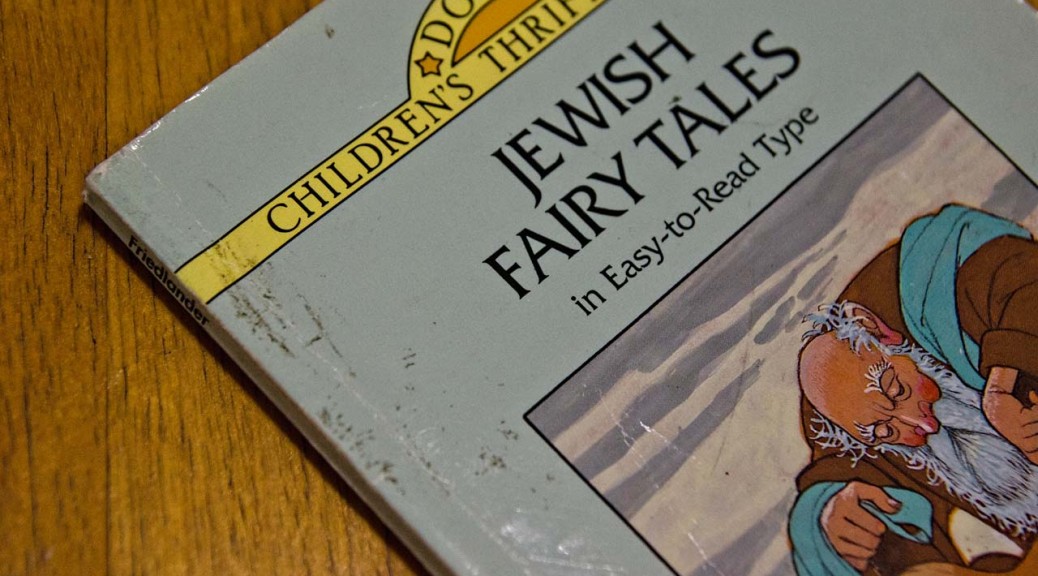
Jewish Fairy Tales
Friedlander, Gerald. Jewish Fairy Tales. Mineola, NY: Dover, 1997. Print.
Chanina and the Angels

Priest, High Priest, and Levite, illustration from the 1890 Holman Bible. Via Wikimedia.
The Demon’s Marriage
The Magic Leaf
‘Visitor: “I brought the dead fox back to life. I am a holy man and I can revive the dead.”
‘Farmer: “You are a foolish chatterbox. If what you say be true, take my advice and do not meddle with the mysteries of life and death. God alone will quicken the dead. Now, farewell.”‘ p. 25
“the holy man went on his way, thinking that God had given him such a wonderful treasure because he had lived such a holy life.” p. 25, 27.
“The next instant, as the holy man began to regret his extreme folly in restoring the dead lion to life, the latter sprang upon him and devoured him. The lion also ate the magic leaf.” p. 27
The Princess and the Beggar
“Behold,” he cried, “with this ring do I betroth thee unto me and marry thee according to the Law of Moses and Israel, God and His angels Michael and Gabriel being our witnesses.” p. 34
The Castle in the Air

Henry Justice Ford – How Ahikar Outwitted the King of Egypt. Via Wikimedia.
“He then called together all the old and learned men, including the stargazers and magicians.” p. 38.
“Achikar let the eagles out of their cages. He tied the lads on their backs and also tied the ropes to the feet of the eagles and let them go up in the air. They soared upwards, till they remained between heaven and earth. Then the boys began to shout, saying: “Bring bricks, bring clay, that we may buid the King’s castle in the air.” p. 44
“Thou art indeed mad, Achikar. Who can bring up sand, bricks and clay to thy builders up there between heave and earth?” said the King in a temper.
“How then, my lord King! Shall we build a castle in the air? I have prepared all the plans and yonder in the air are the special builders. All they need is the material.” p. 45
“Give him my greetings and tell him I shall never again ask forsuch an impossible thing as a castle in the air. We must learn to be satisfied with such things as are possible and right. Farewell, wise Achikar.” p. 45
see Sennacherib
The Snake’s Thanks
“Though art a snake.”
“Exactly. I am therefore quite in order in killing thee and any man. Snakes are made to kill the children of men.” p. 48.
“it is written in God’s Book: ‘I will put hatred between mankind and the serpent.'” p. 49
“Solomon then turned to the old man and said: “The Holy Law has also a command for thee. It tells thee that thou shalt bruise the serpent’s head. Do now according the word of thy God.” p. 53.
The Goblin and the Princess
David and the Insects
“Despise naught in the world. I love all things that are the work of My Hand. I hate none of the things which I have made. I spare all things because they are Mine. To everything there is a time and place. All My creatures praise Me.” p. 65
“later, when Saul and his followers came along, the latter saw the spider’s web. They pointed it out to the King, who said: “Truly no man has entered this cave, for had he done so he would have rent the web. Let us not waste out precious time here, but rather let us hurry along the road where we may overtake our enemy.” p. 66-67
“O lord King! It is even as I have spoken. I am persecuted by King Saul. He seeks my life and I am safer here than in the Holy Land.”
“Why does Saul persecute thee?”
“Because I slew Goliath.” p. 67
“David now saw that he was in a very dangerous position… All of a sudden the idea flashed through his mind that he might escape death if he pretended to be a madman. They might pity him and spare his life.” p. 68
“Now I know,” cried he, “that even a madman has a useful part to play in this most wonderful world.” p. 68
“David’s followers urged him to kill his enemy, now that he had the chance. This he refused to do. “I will return good for evil,” cried he.” p. 69
“Never again did he have any doubt of God’s wisdom in creating insects, which at first had seemed to him to be useless and even harmful. Never should we despise anything which seemed worthy to be created by the Holy One, blessed be He.” p. 70
Joseph, the Sabbath Lover
“He often would stint himself and forego necessities on weekdays so as to have better garments than his working clothes for the Sabbath and a fine spread of food on his table in order to pay honor to the Sabbath.” p. 71
“A gracious gift it was, leading the children of men to their Father in Heaven. It is a day for man whereby he can rise above material things and see something of the Divine vision.” p. 72
the heathen neighbor “How could any one,” said he, “waste a valuable day by abstaining from work? No wonder you are poor…I am not only prosperous but I am also happy, for my motto is ‘Live to-day and let to-morrow take care of itself.’… You slave all the week for the sake of your Sabbath Day… I certainly despise the poor, for it is generally their own fault if they do not get on in life.” p. 72
Joseph “You seem to think that the only pleasure in life is hoarding money. I differ and believe the best pleasures can be obtained when we spend money in a wise and good way. Perhaps you will always be rich and perhaps I shall always be poor, but if the question were asked: ‘Who is the happier of the two?’ I doubt whether you would be the one. Good-day, my friend! I must attend Synagogue for Sabbath prayer.” p. 73
“The gods are very fickle in dealing with wealth. The poor man of to-day may be the rich man of the morrow.” p. 73
“Man proposes and but God disposes.” p. 74
He came to the fish-market and saw a very large turbot on the dealer’s counter. Its price was very high and there was no one who would buy it. As soon as Joseph saw it he gave the full price without any discussion.” p. 74











